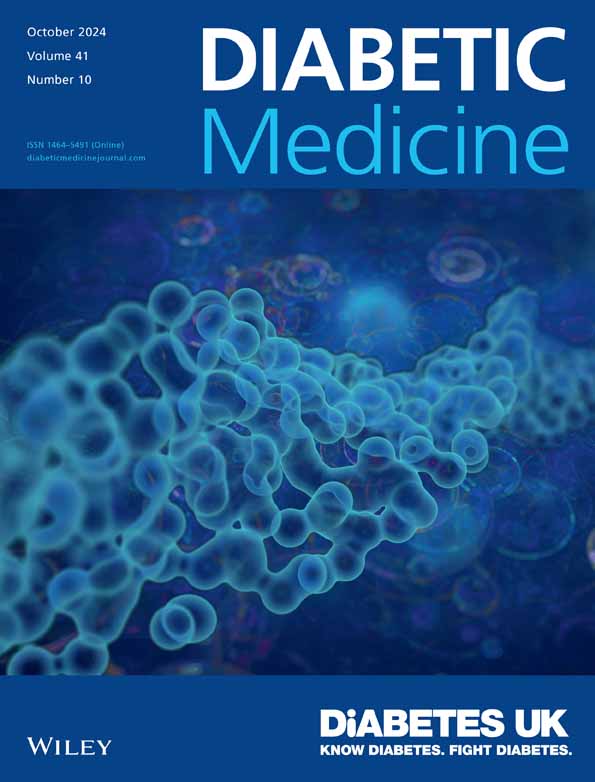‘The seagull theory: Where people fly in, gather information… fly out and nothing ever comes about’: A qualitative exploration of barriers and enablers to research participation among adults with type 2 diabetes living in Australian rural communities
Abstract
Aim
Rural communities are under-represented in diabetes research, with implications for the generalisability, implementation and reach of research outcomes. Increased efforts to conduct diabetes research in, or inclusive of, rural communities are predicated on effective participant recruitment. This study explores the motivations for, barriers to and enablers of research participation among adults with type 2 diabetes (T2D) in Australian rural communities.
Method
A phenomenological qualitative study was conducted involving adults (18+ years) living with T2D in rural communities, using multi-modal recruitment approaches and purposeful sampling across Australian states and gender. Audio-recorded, semi-structured interviews explored participants' perceptions of research participation. An abductive coding approach was undertaken to identify salient themes.
Results
Twenty-one participants were recruited across all six Australian states, median (range) age of 63 (41–78) years and 65% were women. Barriers to research participation include diabetes stigma, lack of community awareness of T2D, few research opportunities, geographical distances of rural communities from research sites and individual time and resource constraints. Enablers strongly focused on increased engagement and involvement of rural communities in research and offering education or access to diabetes care as part of research activities. Motivations for research participation included opportunities to help or advocate for rural and T2D communities and highlight under-resourcing of rural healthcare services.
Conclusion
Study findings inform practical strategies that may improve recruitment mechanisms for T2D research in rural communities, for example, community-driven recruitment methods. Evaluation of the effectiveness of such strategies in research practice will be needed.


 求助内容:
求助内容: 应助结果提醒方式:
应助结果提醒方式:


